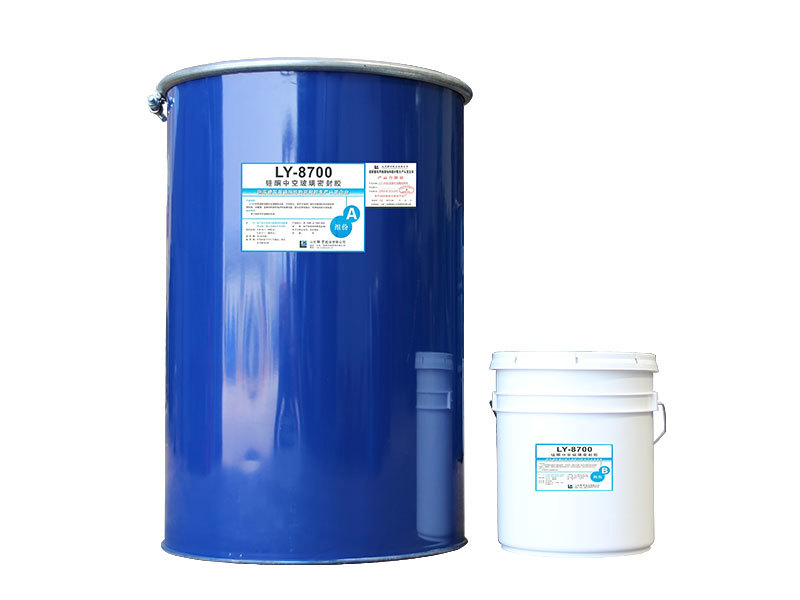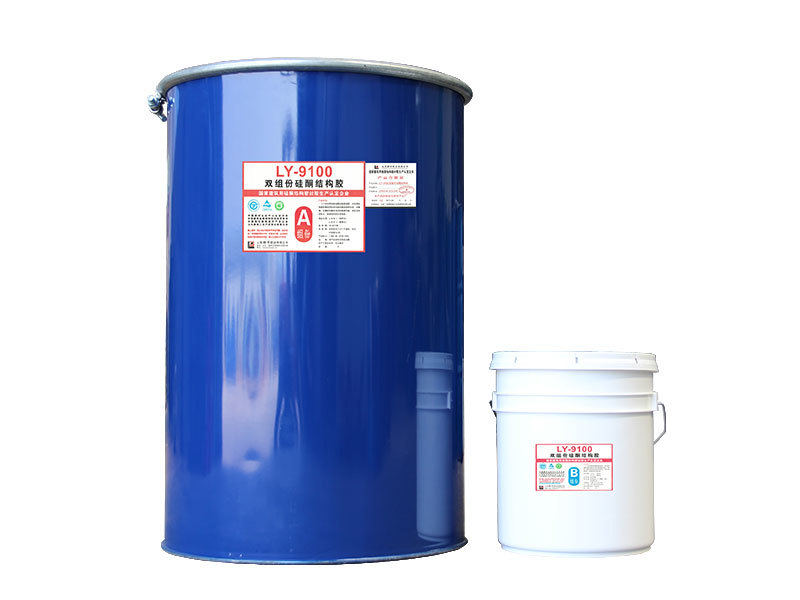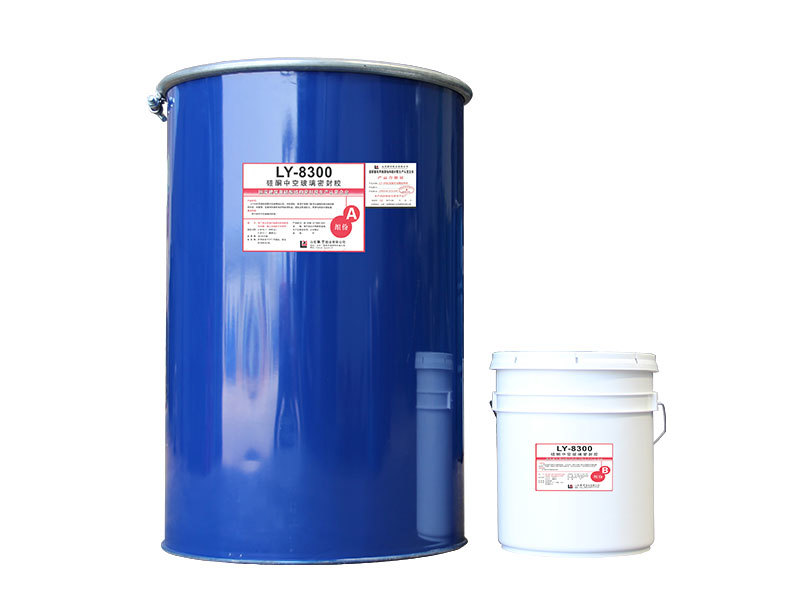Exploring the Versatility of Two Component Structural Silicone Sealant: Unleashing Its Full Potential in Adhesive Applications
Upload Time:
2025-04-28
Exploring the Versatility of Two Component Structural Silicone Sealant Introduction to Two Component Structural Silicone Sealant Two component structural silicone sealants represent a revolutionary advancement in adhesive technology, offering unparalleled versatility for various applications. These sealants consist of a silicone base and a curing agent, which when mixed, create a powerful bond tha

Exploring the Versatility of Two Component Structural Silicone Sealant
Introduction to Two Component Structural Silicone Sealant
Two component structural silicone sealants represent a revolutionary advancement in adhesive technology, offering unparalleled versatility for various applications. These sealants consist of a silicone base and a curing agent, which when mixed, create a powerful bond that can withstand extreme conditions. Their unique properties make them ideal for industries ranging from construction to automotive, and even specialized applications in electronics and aerospace.
Understanding the Composition of Two Component Structural Silicone Sealants
What Makes Up a Two Component Structural Silicone Sealant?
The core components of these sealants include:
- **Silicone Polymer**: Provides flexibility and durability.
- **Curing Agent**: Initiates the curing process, facilitating strong adhesion.
- **Fillers and Additives**: Enhance performance characteristics such as UV stability, chemical resistance, and thermal stability.
This combination allows for a sealant that not only adheres effectively but also maintains its integrity over time, even in challenging environments.
Key Properties of Two Component Structural Silicone Sealants
These sealants boast several key properties that contribute to their versatility:
- **High Tensile Strength**: Capable of withstanding significant stress without breaking.
- **Excellent Weather Resistance**: Resistant to UV rays, moisture, and extreme temperatures.
- **Flexibility**: Can accommodate movement and thermal expansion without losing adhesion.
- **Chemical Resistance**: Unaffected by various chemicals, making them suitable for industrial applications.
Applications of Two Component Structural Silicone Sealant
1. Construction and Building
In the construction industry, two component structural silicone sealants are used for:
- **Glazing**: Bonding glass to frames, ensuring structural integrity and aesthetics.
- **Curtain Walls**: Sealing joints to prevent water ingress while allowing flexibility.
- **Roofing Systems**: Providing waterproof seals that last for decades.
2. Automotive Industry
In automotive applications, these sealants are favored for:
- **Windshield Adhesive**: Ensuring a secure bond that enhances passenger safety.
- **Body Sealing**: Filling gaps and seams to prevent water and air leaks.
- **Engine Components**: Used in gaskets and seals to withstand high temperatures.
3. Electronics and Electrical Applications
The electronics sector utilizes these sealants for:
- **Potting Compounds**: Protecting sensitive components from moisture and contaminants.
- **Insulation**: Providing electrical insulation while maintaining structural integrity.
4. Aerospace Applications
In aerospace, the unique properties of these sealants are crucial for:
- **Structural Bonding**: Ensuring component integrity under varying pressures and temperatures.
- **Sealing Fuel Tanks**: Preventing leaks and ensuring safety.
Advantages of Using Two Component Structural Silicone Sealants
1. Durability and Longevity
The exceptional durability of these sealants translates into longer-lasting applications, reducing the need for frequent repairs and replacements. This longevity is particularly beneficial in industries with high operational costs.
2. Versatility in Various Environments
They can be used in a wide range of temperatures and conditions, showcasing resistance to harsh chemicals, UV light, and extreme weather. This versatility makes them a preferred choice for diverse applications.
3. Easy Application Process
Though they require mixing before application, the process is relatively straightforward. Many products come in convenient cartridges or dual-syringe systems, making it easy to dispense the correct ratio.
Best Practices for Using Two Component Structural Silicone Sealants
1. Surface Preparation
Proper surface preparation is crucial for achieving optimal adhesion. Surfaces should be clean, dry, and free from contaminants. This may involve sanding, cleaning, or even priming surfaces, depending on the application.
2. Mixing Ratios and Techniques
Follow manufacturer instructions closely regarding mixing ratios. Accurate measurements ensure the sealant cures properly, maximizing performance.
3. Application Conditions
Consider environmental conditions during application. Ideally, apply in moderate temperatures with low humidity to ensure optimal curing.
Common FAQs about Two Component Structural Silicone Sealant
1. What is the curing time for two component structural silicone sealants?
Curing time can vary based on the specific product and environmental conditions but generally ranges from 24 to 48 hours for full strength.
2. Can two component structural silicone sealants be painted over?
While some formulations can be painted, it's essential to check the manufacturer's specifications. Generally, it's advisable to allow the sealant to cure fully before painting.
3. Are there any limitations to using these sealants?
While highly versatile, they may not be suitable for all materials. Always consult product specifications to ensure compatibility with the substrates being bonded.
4. How should two component structural silicone sealants be stored?
Store unused sealants in a cool, dry place, away from direct sunlight. Follow the manufacturer's guidelines regarding shelf life and storage conditions.
5. Can these sealants be used in underwater applications?
Yes, with proper selection and application, two component structural silicone sealants can be effective in underwater applications, such as sealing aquariums or water features.
Conclusion
Two component structural silicone sealants showcase impressive versatility and performance across multiple industries. From construction to automotive and electronics, their unique properties provide solutions that meet the demands of modern applications. By understanding their composition, applications, and best practices, professionals can harness the full potential of these powerful adhesives, ensuring durability, flexibility, and long-lasting performance in their projects. Embracing this technology not only enhances product longevity but also contributes to overall project efficiency and safety.
Relevant News



